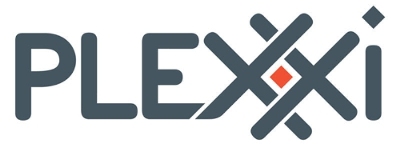Restoring DevOps to Infrastructure with Actifio
 As Enterprises integrate DevOps into more of their development lifecycles they start to bump up against some of the practicalities of managing data. A major tenet of DevOps is being able to ship code quicker to give you that edge against your competitors. It may be fast to write code and a continuous integration pipeline and continuous deployment capability allows you to take that new code, test it and push it out to production in an automated and repeatable fashion.
As Enterprises integrate DevOps into more of their development lifecycles they start to bump up against some of the practicalities of managing data. A major tenet of DevOps is being able to ship code quicker to give you that edge against your competitors. It may be fast to write code and a continuous integration pipeline and continuous deployment capability allows you to take that new code, test it and push it out to production in an automated and repeatable fashion.
DevOps and Data
Data however is often one of the speed bumps that causes all this fancy CI/CD to slow to a crawl. If your developers need to test their small change against a large chunk of data you need to somehow have access to this data. Creating copies of databases or files is usually slow and inefficient, a time consuming process that negates most of the speedy DevOps cleverness you’ve done for your code writing.
I’ve worked on numerous projects where a robocopy/rsync was run weekly over the weekend to refresh the 100s of GBs UAT and DEV environment from production data, taking in effect three copies of production. This could only run at the weekend due to the size of the transfer and the impact on the underlying storage and network. One solution had to have the database down during the copy which meant the production one couldn’t even be used for a few hours over the weekend while the copy happened. Put that in your DevOps pipeline and smoke it!
Some storage vendors are able to work around some of the speed problem by being able to mount snapshots but Actifio has a very interesting, slick and more comprehensive solution. Actifio presented at a recent Tech Field Day 11 event.
The DevOps capabilities of Actifio are part of a far bigger solution which they call Copy Data Virtualisation. I previewed the solution in my pre-event post: Tech Field Day 11 Preview: Actifio
Basically you can create multiple copies of data very quickly without creating as many physical copies of the data. These copies can be used for multiple things, backups, analytics, compliance, forensics, DR, migrations etc. as well as DevOps.



 Comtrade
Comtrade
 Actifio
Actifio




Recent Comments